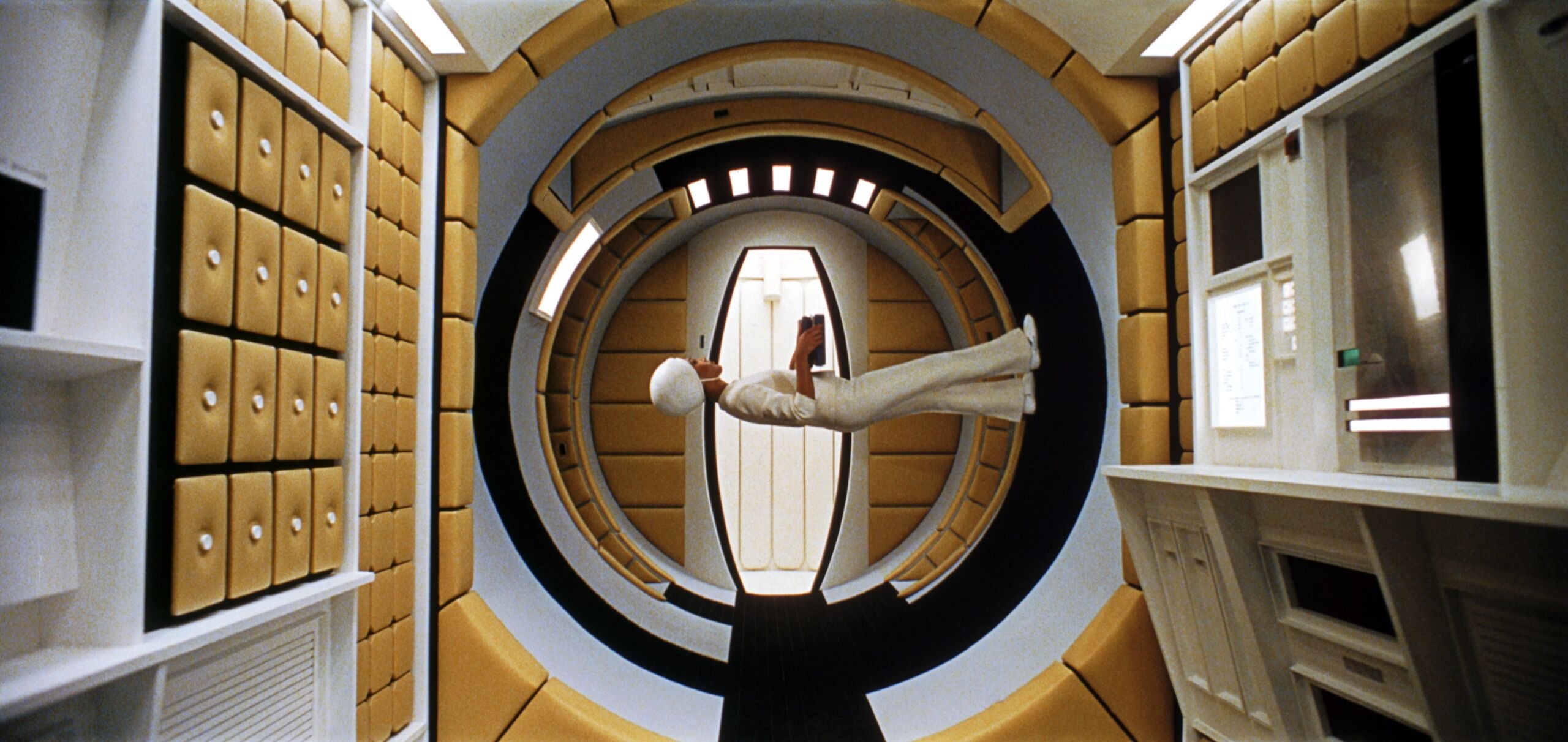Introduction:
The cosmos has always captivated humanity’s imagination with its vastness, beauty, and mystery. Over the centuries, humans have tirelessly sought to understand the intricacies of the universe, and with each passing discovery, we inch closer to unlocking its deepest secrets. In this article, we delve into the ongoing Space Odyssey, a relentless quest to unravel the mysteries of the cosmos and explore the frontiers of space exploration.
A Journey Beyond Earth’s Borders
Space Odyssey represents humanity’s collective endeavor to transcend the confines of our home planet and venture into the unknown expanse of space. With advancements in technology and a renewed spirit of exploration, space agencies and private enterprises alike are pushing the boundaries of what was once thought possible. In recent years, we’ve witnessed remarkable achievements such as the successful landing of rovers on Mars, the establishment of habitable space stations in orbit, and the exploration of distant celestial bodies. These milestones not only expand our scientific knowledge but also inspire future generations to reach for the stars.
Probing the Depths of the Universe
One of the primary goals of the Space Odyssey is to gain a deeper understanding of the universe’s origins, structure, and evolution. Through telescopes, probes, and observatories, scientists aim to unravel cosmic mysteries that have puzzled humanity for centuries.
From mapping the cosmic microwave background radiation to studying the behavior of black holes, space exploration missions provide invaluable insights into the fundamental nature of the cosmos. By observing distant galaxies, supernovae, and cosmic phenomena, astronomers piece together the puzzle of the universe’s grand design.
Searching for Extraterrestrial Life
The quest for extraterrestrial life is a driving force behind the Space Odyssey. With the discovery of thousands of exoplanets orbiting distant stars, scientists are increasingly optimistic about the possibility of finding life beyond Earth.
Space telescopes like the James Webb Space Telescope and ground-based observatories equipped with advanced spectroscopic instruments are poised to detect signs of habitability and potential biosignatures on exoplanets. Additionally, missions to icy moons in our own solar system, such as Europa and Enceladus, hold promise for finding microbial life beneath their frozen surfaces.
Pushing the Limits of Human Exploration
Space Odyssey not only encompasses robotic missions but also endeavors to extend human presence beyond Earth’s orbit. With ambitious plans for lunar exploration, asteroid mining, and crewed missions to Mars, space agencies are charting a course for humanity’s future in space.
The development of next-generation spacecraft, habitats, and propulsion systems is essential for enabling long-duration missions to distant destinations. Additionally, research into life support systems, radiation shielding, and psychological well-being is crucial for ensuring the health and safety of astronauts during extended space travel.
Conclusion
The Space Odyssey represents humanity’s relentless pursuit of knowledge, discovery, and exploration. As we continue to unravel the mysteries of the cosmos, each new revelation brings us closer to understanding our place in the universe. Through collaboration, innovation, and perseverance, we embark on a journey that transcends borders, cultures, and generations, forging a path toward a future where the wonders of space are within reach for all.


